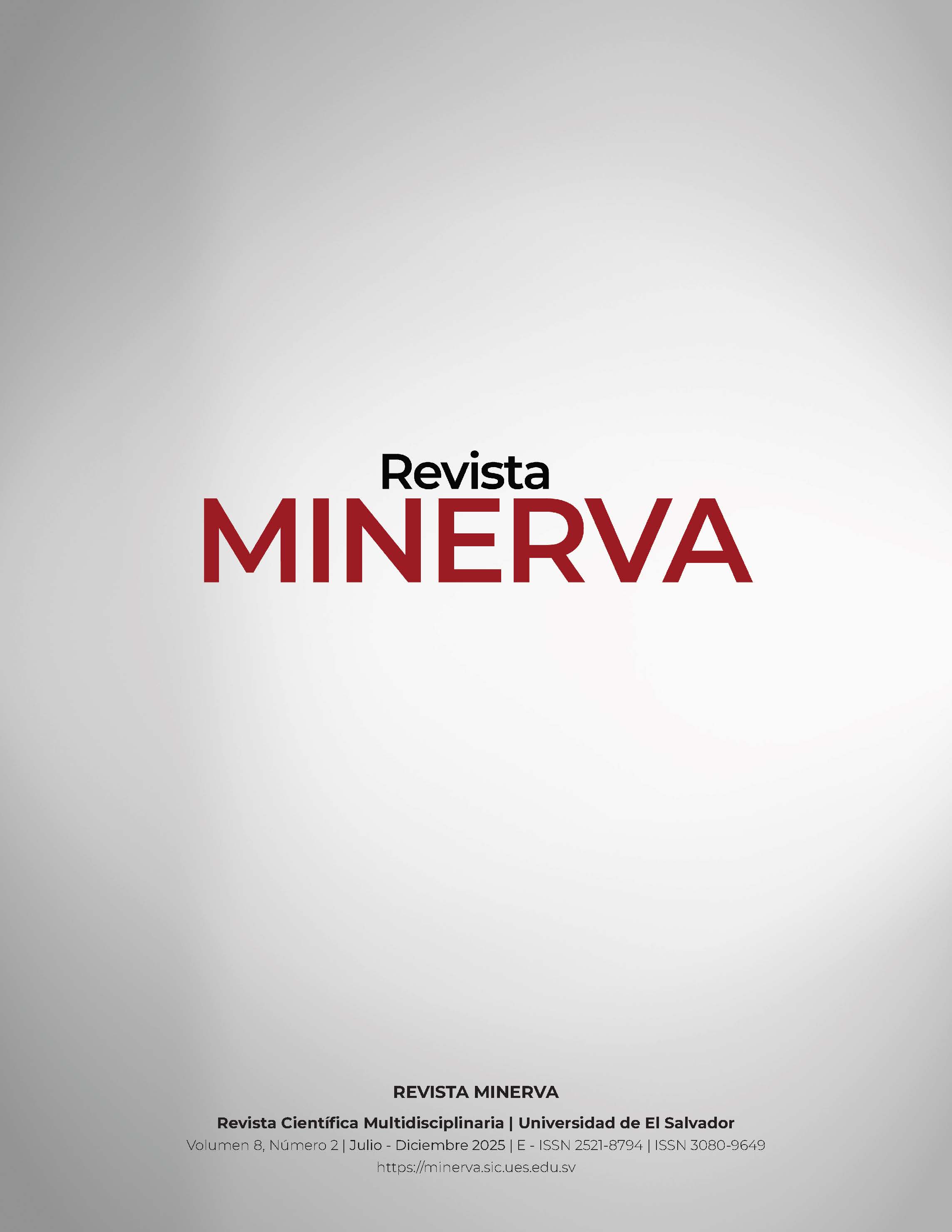Abstract
Aquaponics is a technology that integrates hydroponic agriculture and aquaculture for the purpose of producing food. In Guatemala, information has been generated on the survival and production of some plant species in aquaponic systems. However, the survival, growth, and productivity of a combined chia and red bean crop with tilapia farming is unknown or has not been evaluated. In this regard, an NFT aquaponics model was designed with 40 chia (Salvia hispanica) and red bean (Phaseolus vulgaris) plants and 25 tilapia (Oreochromis niloticus). Data on the bean plants were collected in seven samples, and in the case of chia, this was extended to eight samples every fifteen days over a period of 120 days. The chia and bean plants adapted, grew, and produced in the aquaponic system. In the case of chia plants, a survival rate of 80% and a height of X = 87.9 cm ± 38.19 were obtained, and for red bean plants, the survival rate was 85% with a height of X = 59.7 cm ± 11.5. The average seed production of chia was 3.1 g ± 2.0 and that of red beans was 23.4 g ± 16.3 per plant. Tilapia grew in the aquaponic system. An average weight of 61.6 g ± 29.2 and a survival rate of 72% were obtained. It is concluded that the combination of chia, red beans, and tilapia represents an interesting option for products in the Guatemalan agricultural sector.
References
Ani, J. S., Manyala, J. O., Masese, F. O., & Fitzsimmons, K. (2022). Effect of stocking density on growth performance of monosex Nile Tilapia (Oreochromis niloticus) in the aquaponic system integrated with lettuce (Lactuca sativa). Aquaculture and Fisheries, 7(3), 328-335.
Baginsky, C., Arenas, J., Escobar, H., Garrido, M., Valero, N., Tello, D., ... & Silva, H. (2016). Growth and yield of chia (Salvia hispanica L.) in the Mediterranean and desert climates of Chile. Chilean journal of agricultural research, 76(3), 255-264.
Busilacchi, H., Bueno, M., Severin, C., Di Sapio, O., Quiroga, M., & Flores, V. (2013). Evaluación de Salvia hispanica L. cultivada en el sur de Santa Fe (República Argentina). Cultivos tropicales, 34(4), 55-59.
Connolly, K., & Trebic, T. (2010). Optimization of a Backyard Aquaponic Food Production System (Issue 1).
Darkwa, K., Ambachew, D., Mohammed, H., Asfaw, A., & Blair, M. W. (2016). Evaluation of common bean (Phaseolus vulgaris L.) genotypes for drought stress adaptation in Ethiopia. The crop journal, 4(5), 367-376.
De la Cruz, J. R. (1982). Clasificación de Zonas de Vida de Guatemala a nivel de reconocimiento. Ministerio de Agricultura, Ganadería y Alimentación.
Evangelista-Vargas, Y. (2020). Fenología y rendimiento de las variedades de chía (Salvia hispánica l.) en el distrito de Monzón Huánuco. Revista Investigación Agraria, 2(2), 56–61. https://doi.org/10.47840/ReInA.2.2.844
Gómez-Álvarez, R., Lázaro-Jerónimo, G., & León-Nájera, J. A. (2008). Producción de frijol (Phaseolus vulgaris L.) y rábano (Rhabanus sativus L.) en huertos biointensivos en el trópico húmedo de Tabasco. Universidad y ciencia, 24(1), 11-20.
Guerra-Centeno, D., Valdez-Sandoval, C., Aquino-Sagastume, E., Díaz, M., & Ríos, L. (2016). Adaptación y rendimiento de plantas autóctonas de Guatemala en un sistema acuapónico. Revista Electrónica de Veterinaria, 17(11), 1–13. http://www.redalyc.org/articulo.oa?id=63649051013
Hammer O, Harper DAT and Ryan PD (2001). PAST: Paleontological Statistics Software Package for Education and Data Analysis. Paleontologia Electronica, 4(1): 1-9. Available at: https://palaeoelectronica.org/2001_1/past/issue1_01.htm#:~:text=The%20program%2C%20called%20PAST%20(PAleontological,plotting%2 C%20and%20simple%20phylogenetic%20analysis.
Hernández, J. A. & Miranda, S. (2008). Caracterización morfológica de chía (Salvia hispanica). Revista Fitotecnia Mexicana, 31(2), 105-113.
Lennard, W., & Goddek, S. (2019). Aquaponics: The Basics. In S. Goddek, A. Joyce, B. Kotzen, & G. Burnell (Eds.), Aquaponics Food Production Systems: Combined Aquaculture and Hydroponic Production Technologies for the Future (pp. 113–143). Springer Open. https://doi.org/10.1007/978-3-030-15943-6
Mchunu, N., Lagerwall, G., & Senzanje, A. (2018). Aquaponics in South Africa: Results of a national survey. Aquaculture Reports, 12(March), 12–19. https://doi.org/10.1016/j.aqrep.2018.08.001
Nair, C. S., Manoharan, R., Nishanth, D., Subramanian, R., Neumann, E., & Jaleel, A.(2025). Recent advancements in aquaponics with special emphasis on its sustainability. Journal of the World Aquaculture Society, 56(1), e13116. https://doi.org/10.1111/jwas.13116NAIR ET AL . 39 of 39
Olarte Saucedo, M., Sánchez Rodríguez, S. H., Aréchiga Flores, C. F., Bañuelos Valenzuela, R., & López Luna, M. A. (2019). Efecto de la radiación ultravioleta (UV) en animales domésticos. Revisión. Revista Mexicana de Ciencias Pecuarias, 10(2), 416–432. https://doi.org/10.22319/rmcp.v10i2.4648
Organización de las Naciones Unidas para la Alimentación y la Agricultura. (2018). Cambio climático y seguridad alimentaria y nutricional América Latina y el Caribe (gestión del riesgo de desastres en el sector agrícola). http://www.fao.org/3/I8014ES/i8014es.pdf
Pérez, G. A., Morgado, M., & Villalobos, A. (2022). Caracterización de genotipos de frijol rojo en la Universidad de Ciego de Ávila Máximo Gómez Báez. Universidad & Ciencia, 11(2). 95-109.
Refulio, F. (2017). Densidad de siembra en el cultivo de chía (Salvia hispanica) en el distrito de Sicaya. [Tesis de bachiller inédita]. Universidad Nacional del Centro del Perú.
Valdez-Sandoval, C., Guerra-Centeno, D., Díaz-Rodríguez, M., & Ríos, L. (2018). Evaluation of the integrated production of nilotic tilapia (Oreochromis niloticus) and improved bean varieties (Phaseolus vulgaris) in an NFT aquaponic system. Revista Electronica de Veterinaria, 19(5), 1–12.
Valdez-Sandoval, C., Guerra-Centeno, D., Diaz, M., & Ríos, L. (2017). Adaptación, crecimiento y rendimiento de variedades de chile nativas de Guatemala en un sistema acuapónico con tilapia nilótica. Revista Electrónica de Veterinaria, 18(5), 1–11. https://www.redalyc.org/pdf/636/63651419005.pdf
Valdez-Sandoval, C., Guerra-Centeno, D., Lepe-López, M., Díaz-Rodríguez, M., & Pineda-Alvizuris, L. (2020). Survival and Productivity of Culinary Herb Species in a Nutrient Film Technique-type Aquaponic System with Nile Tilapia. World’s Veterinary Journal, 10(4), 578–586. https://doi.org/10.29252/scil.2020.wvj69

This work is licensed under a Creative Commons Attribution 4.0 International License.
Copyright (c) 2025 Authors who publish in Revista Minerva agree to the following terms: Authors continue as owners of their work, assigning only dissemination rights to Minerva Magazine under the standards of the Creative Commons Attribution 4.0 International License (CC BY 4.0). This license allows others to mix, adapt and build upon the work for any purpose, including commercially, and although new works must also acknowledge the initial author, they do not have to license derivative works under the same terms.





